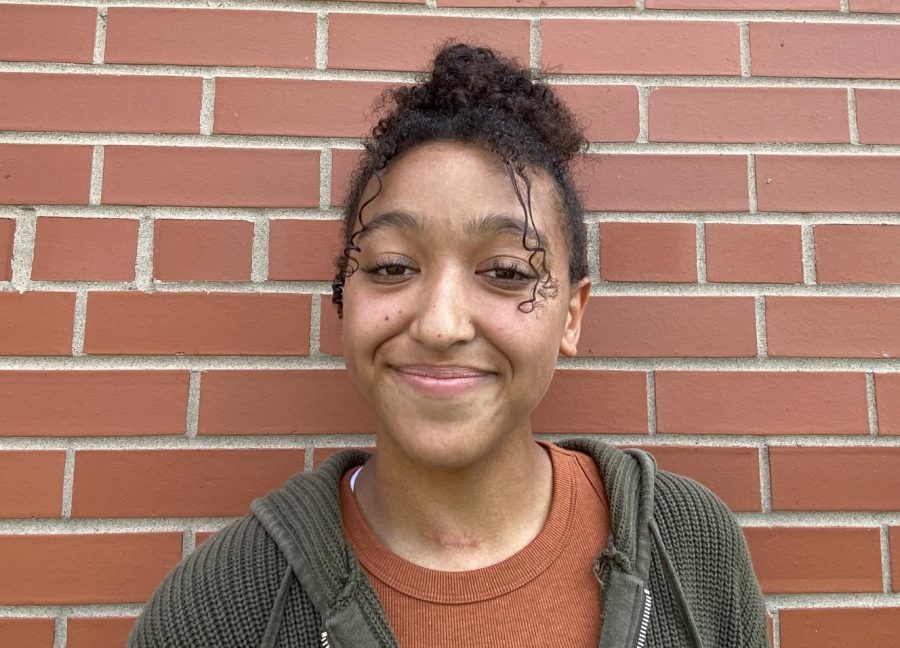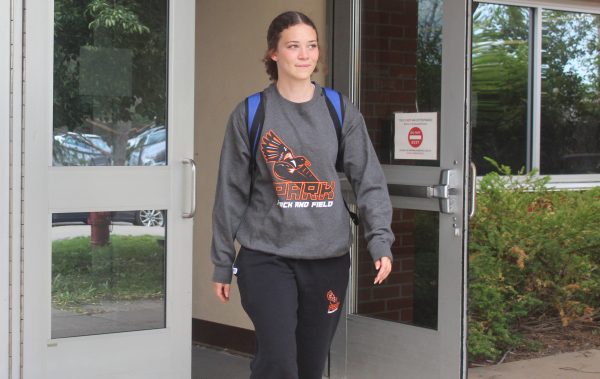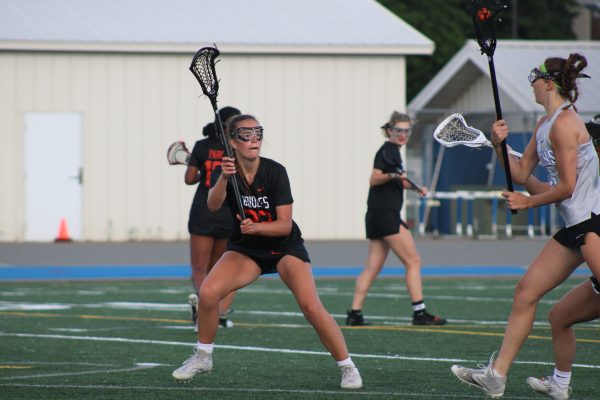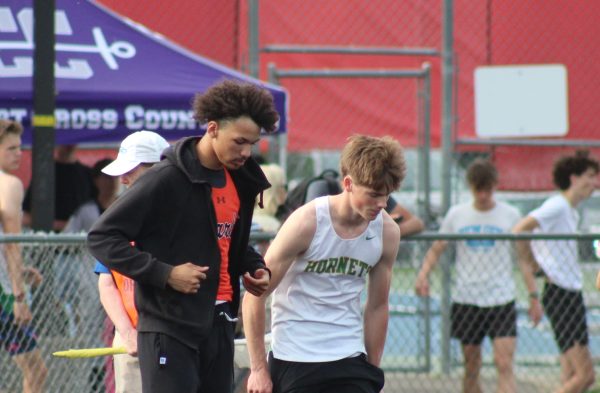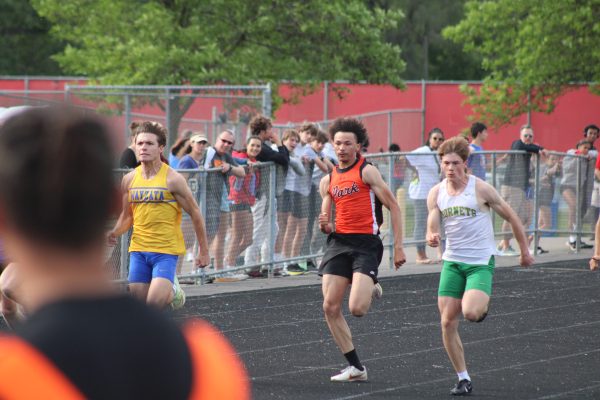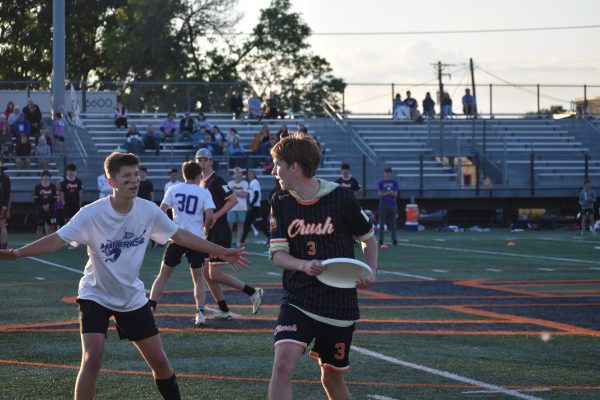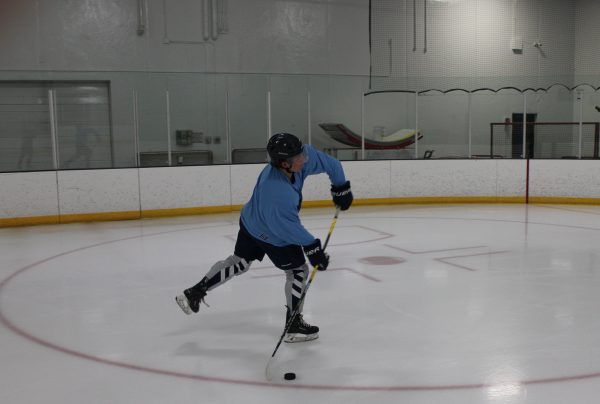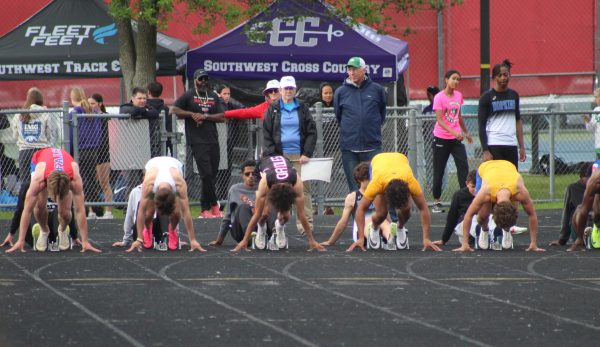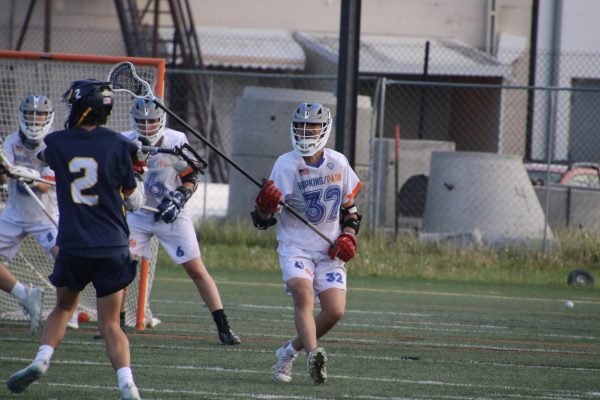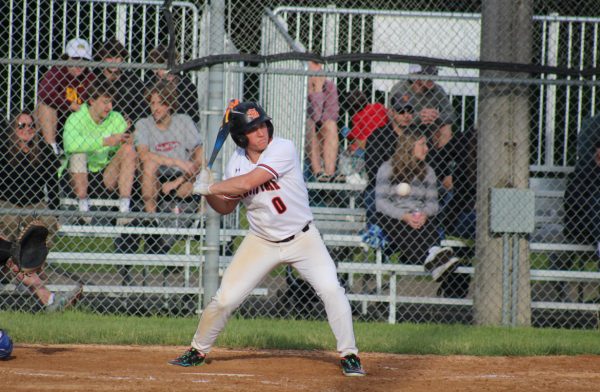Ineligibility policy harms transferring athletes
MSHSL rule divides fine arts and varsity sports
January 9, 2023
Participating in athletics in high school is a great opportunity for students to get involved and engaged in their community. High school athletics can build bridges among students, teach leadership skills and promote healthy lifestyles. However, some of the rules that govern high school athletics in Minnesota can actually have a negative impact on the experience. One particular rule regarding transfer students actually discourages students from broadening their horizons and growing as individuals.
According to the Minnesota State High School League rules about transfer students, if a student transfers to a new high school, they are ineligible for varsity athletic competition at their new school for one year. This is to prevent coaches from recruiting star athletes from other schools. While this is a well-intentioned rule, it has a big drawback. For students who transfer from schools that do not offer athletic programs, such as performing arts/fine arts high schools, this discourages students from trying to challenge themselves in attempting new activities such as athletics at their new school, and prevents them from performing at their highest level.
This fall, Southwest High School experienced such a case. Senior Paolo Guarin-Peters transferred to the school from St. Paul Conservatory for the Performing Artists high school, which does not offer any athletic opportunities, and was not allowed to play varsity sport. Guarin-Peters had previously been a student at Southwest, but transferred to the St. Paul Conservatory for a semester last year to pursue his interest in the arts. When it didn’t work out for him, he transferred back to Southwest after the semester. He hopes to play soccer in college, so the rule preventing him from playing in varsity his senior year will negatively affect his plans. His family sued the Minnesota State High School League for the right for him to play varsity, but ultimately lost. So Guarin-Peters was not allowed to play varsity soccer his senior year because he wanted to broaden his education and grow as a person in trying out a new interest.
Guarin-Peters’s case is not the only case of this issue occurring in recent memory. In 2020, a St. Louis Park resident transferred back into the St. Louis Park school district to continue her high school studies. She had been a student in St. Louis Park schools her whole life until her freshman year when she decided to explore performing arts more seriously at Performing Institute of Minnesota Arts High School ( PiM). When COVID-19 hit and forced schools to go to online learning, her family decided it was in her best interest to return to St. Louis Park High School. When she tried out for the girls’ soccer team as a way to reconnect with former classmates, she made the varsity squad. However, the MN State High School League ruled that she was ineligible, even though she had played soccer for St. Louis Park schools before transferring to PiM. She appealed to numerous levels, claiming extenuating circumstances due to COVID-19. Eventually, she won the appeal and was allowed to play in the last few games of the season, however, this successful appeal is the exception to the rule.
This rule disallowing new students from varsity sports needs to be amended. Though it was established with the best interest of students in mind, it does just the opposite in many cases. It discourages students from exploring new interests and broadening their education for fear that they will lose their ability to fulfill their highest potential in a sport they love. Students should not be deterred from exploring multiple interests, such as performing arts, at the expense of participation in competitive athletics. The rule is antagonistic to the valuable purpose of education as a vehicle for students to engage in varied pursuits towards building a strong foundation for their futures.



